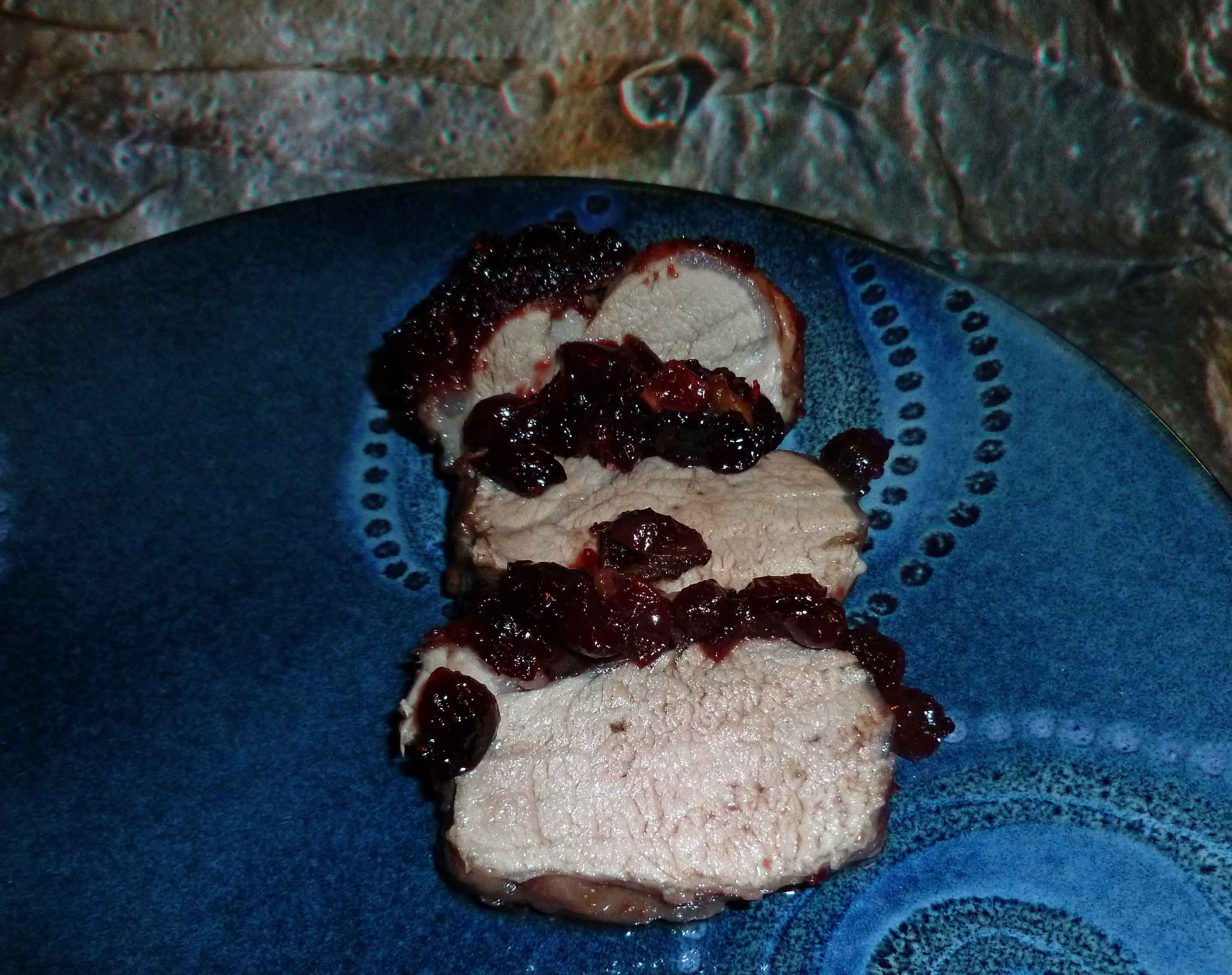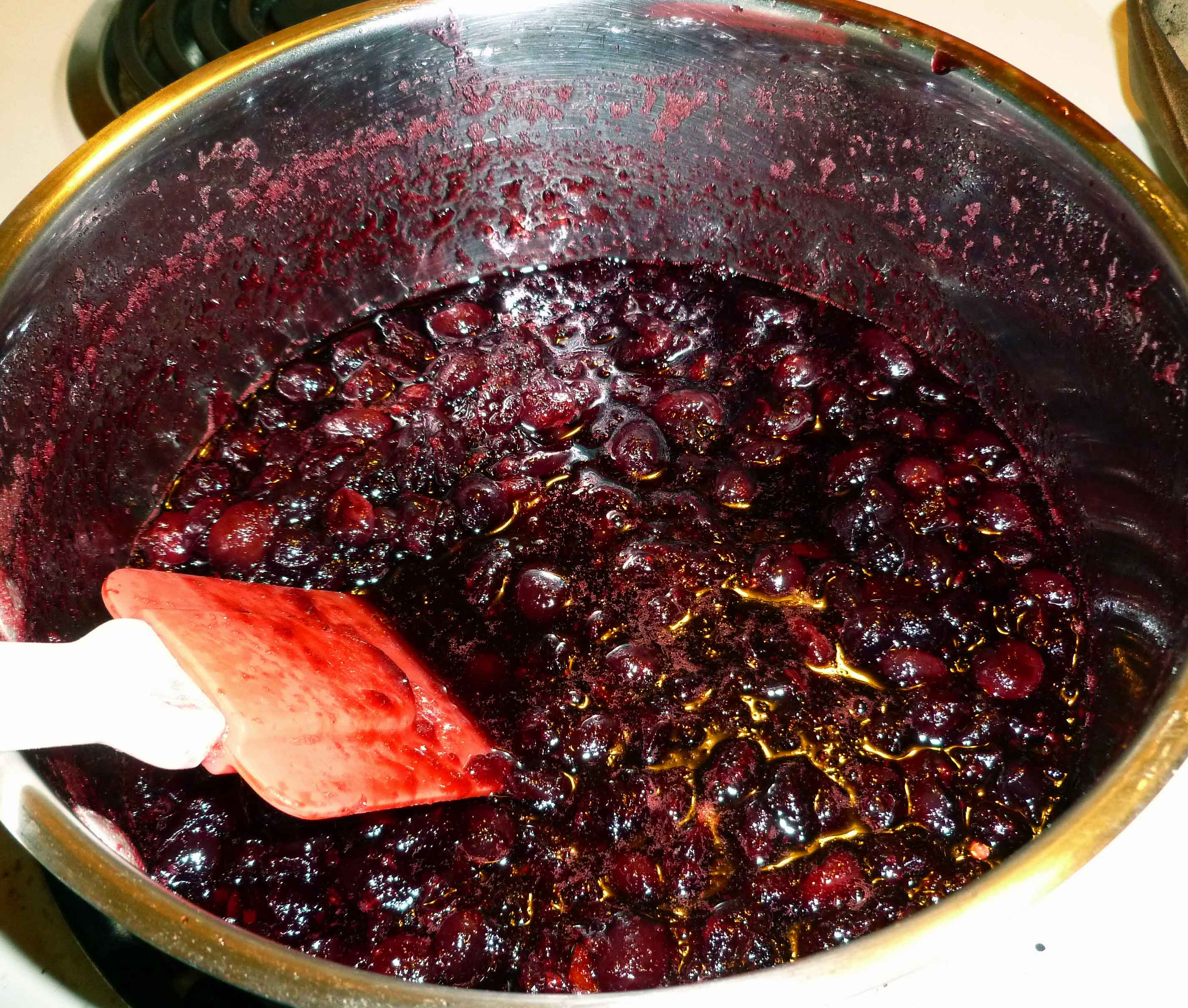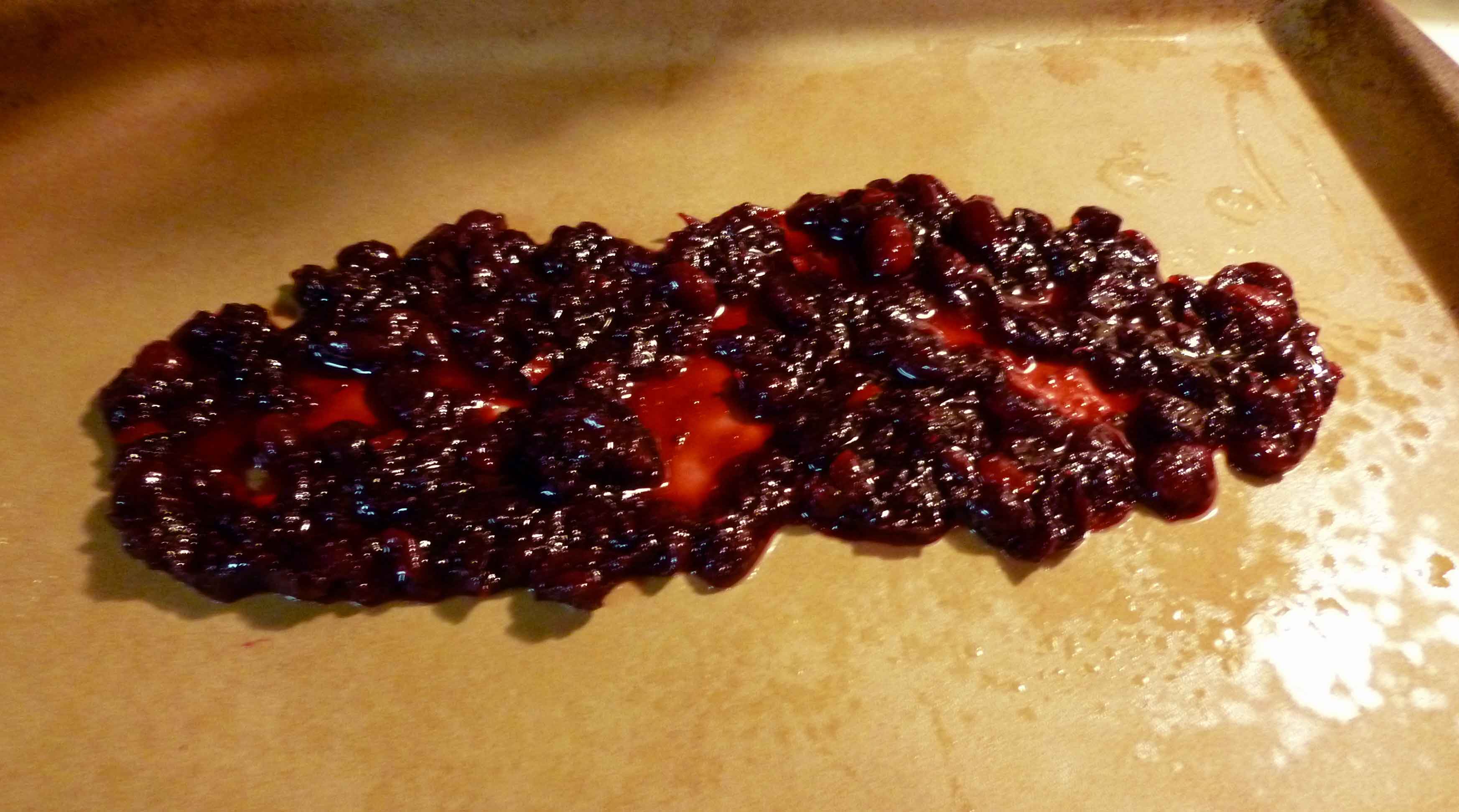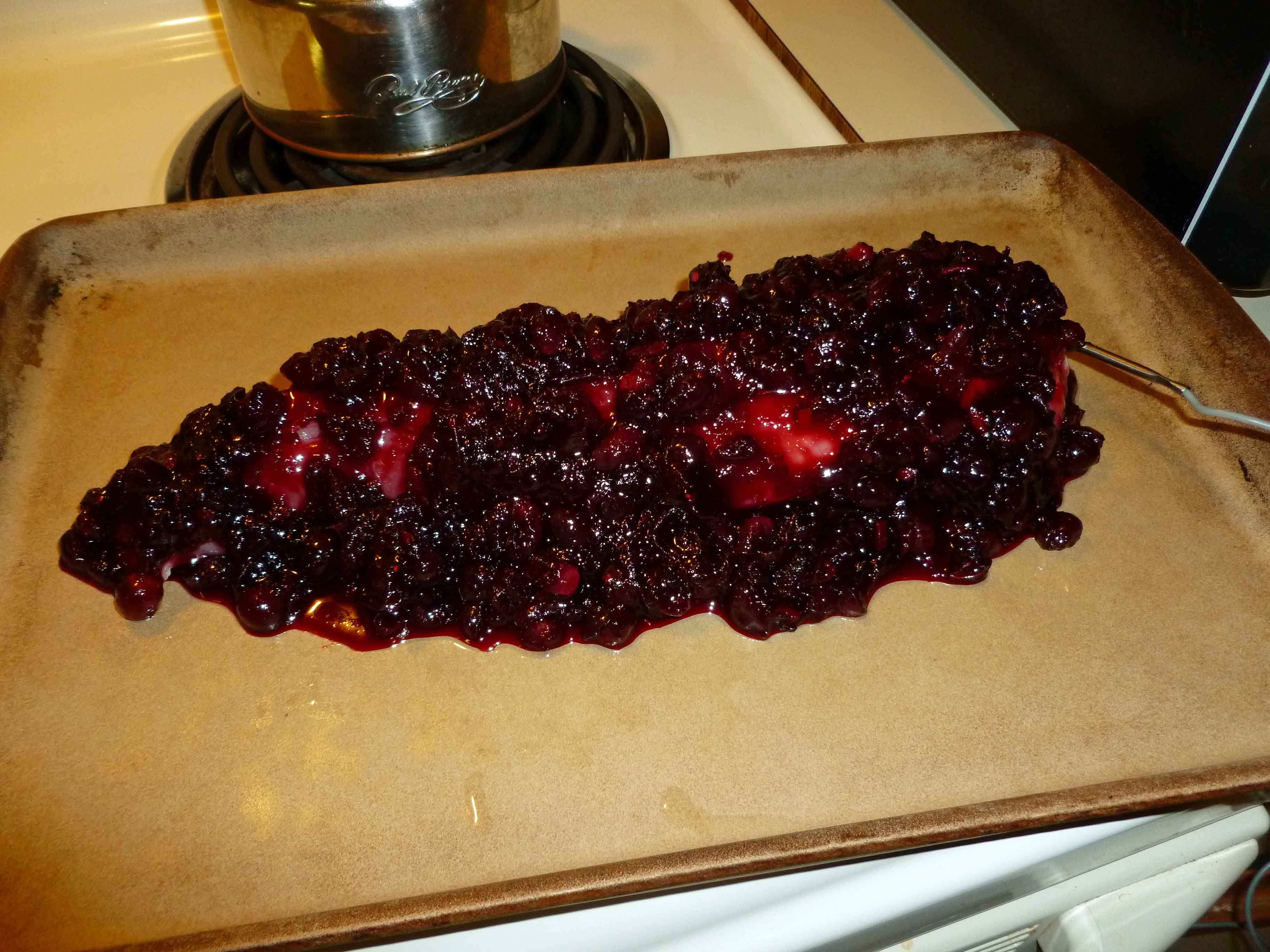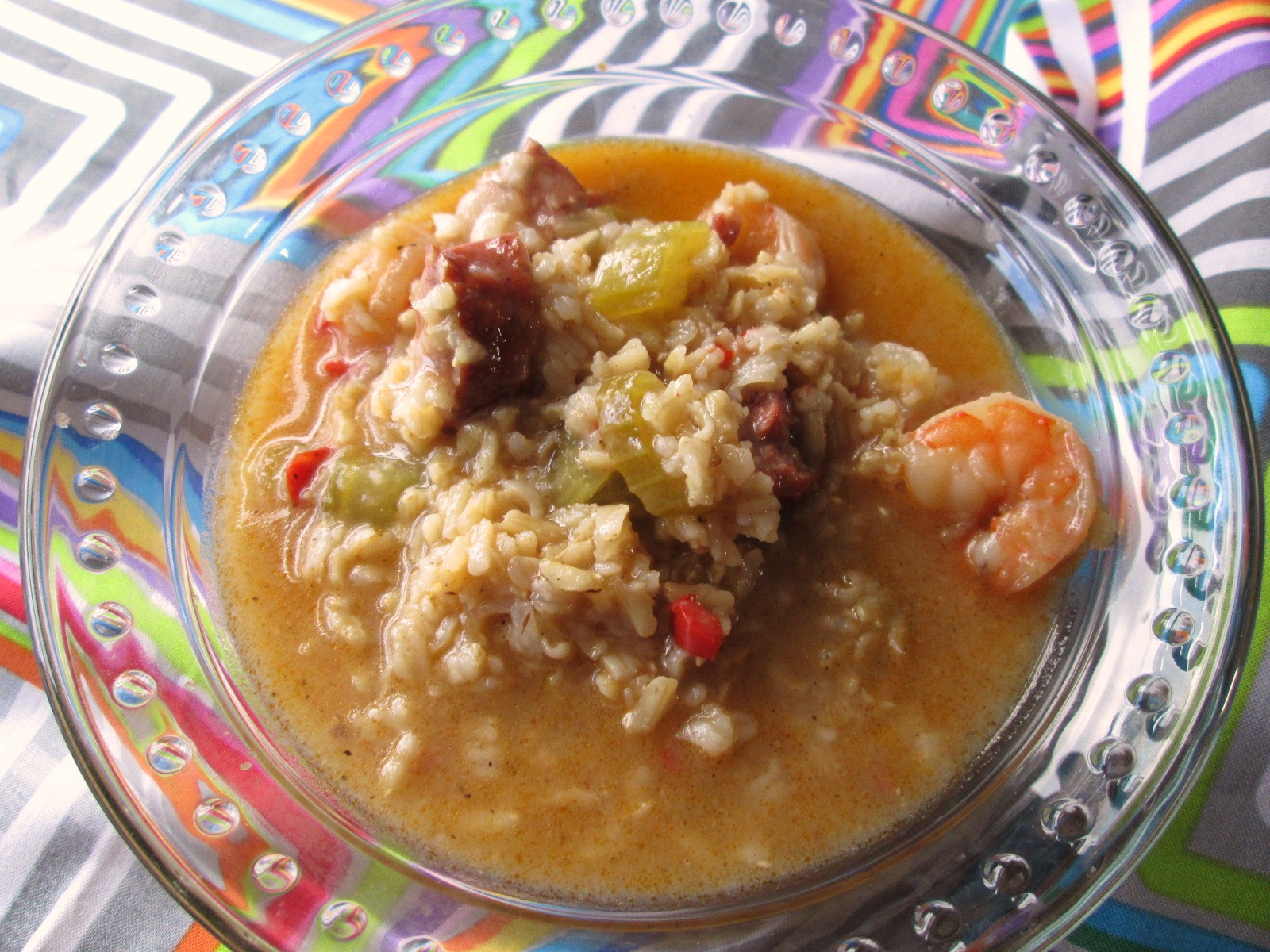
Those of us with soy, wheat and dairy allergies have a tough time finding bouillon and/or stock out there that’s safe. When you add a corn allergy to the wheat and dairy (I’m okay on soy), let me tell you, it’s all over. You’re going to be making it yourself if you want to eat it, period. So Mary Kate and I thought posting some basics for people who’ve never had to do their own soup stocks before might be helpful. There’s a lot of recipes out there that take beef bones, throw them in a pot with onions, carrots, and celery, and boil the crap out of it and call it beef stock. I mean, yeah, it is beef stock, but it doesn’t really taste as good as it could. And I think that’s because there’s no caramelized little burned bits, which you would have if you were starting from roast drippings. I like my beef stock to taste like something, and you do need some actually bits of beef to do that, and a bit more than is on the beef bones you get at the grocery store. So I use marrow bones and beef oxtail so there’s plenty of meaty bits for drippings, and I roast the marrow bones, oxtail, onions, carrots and celery first so I can use nice pan drippings in my stock.
Roasted Beef Stock
About 4 pints or 2 quarts
- 2-3 pounds of sliced marrow bones
- 2 pounds of beef oxtails
- 2 red onions (red will give the stock a nice deep color), chopped
- 2 large carrots, trimmed and chopped
- 4 stalks of celery, trimmed and chopped
- a dash of salt
- a dash of black pepper
- 2 bay leaves
Preheat oven to 350°F. Grease pan with oil or use a spray mister. Place marrow bones, oxtails, red onions, carrots, and celery in roasting pan.

Sprinkle with a little salt and pepper. Place roasting pan in oven and roast for an hour and half. You can roast it longer if you don’t have any caramelized bits yet.

Once you’re done roasting, transfer the contents of the roasting pan to a stock pot, making sure you deglaze the roasting pan with a bit of water to get all the good burned and caramelized dripping into the stock pot. Add 16 cups or water or 4 quart jars worth, and the bay leaves.

Bring to a boil and then reduce the heat to medium-low (3-4 on my dial) and simmer for about an hour with the lid on. Then bring it down to low (1-2 on my dial) and let it simmer on low for another hour, again with the lid on. You can simmer as long as you like, but you may need to add more water to get the correct yield.

Now you want to strain out the bones, meat and vegetables from the stock. I used another stock pot and a strainer I got from a restaurant supply store, but a regular colander will do. Also, I picked out the really heavy bones first to make my life easier.

Now you can season to taste adding a bit more salt and black pepper if needed.

If you want to remove some of the fat, you can skim it off, or you can put your stock pot in the fridge overnight and you can peel off the fat layer.




Once you’re done removing the fat, you can warm up the stock and use it, package it up and freeze it, or can it with a pressure canner, as described here. I’m canning mine because I want to use it for a recipe we’re going to post two weeks from now and I’m not ready to make the actual recipe itself right now. I don’t want it to go bad, and we lose power a lot.

This is a really basic stock, because you want to be able to use it in all kinds of applications. Stay tuned for how we’re going to use it for the next two weeks!























